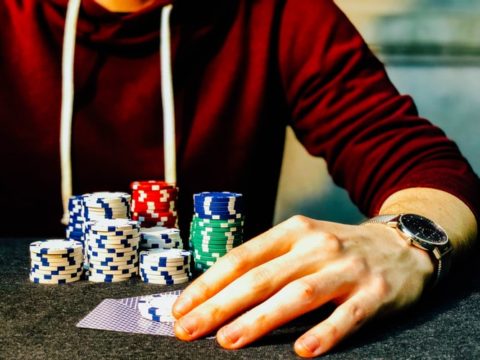
Evidence suggests that individuals with gambling or substance use disorders exhibit a hypo‐responsive reward circuitry. In both conditions, reward anticipation is dysfunctional irrespective of the type of reward. Furthermore, an increased salience of stimuli linked to problematic behavior is a central feature shared by pathological gambling and substance use disorders. Only at later stages, compulsive features and negative reinforcement predominate. In sharp contrast, substance‐induced addictions and gambling offer positive reinforcement, at least in the early stages of the disease process 2, when people report a “kick” or a state of “flow”.

While these latter disorders have rewarding aspects for the individual 1, this reward is based on negative reinforcement: people have a feeling of relief after the act. They include similarities in aspects of reward processing between pathological gambling and substance use disorders which are distinct from impulse control disorders. Among these commonalities are their similar neurobiological underpinnings of brain function and cognitive features 2. On the “pro” side, several commonalities between pathological gambling and substance use disorders can be highlighted. Here we provide a summary of the arguments that support the classification of pathological gambling as an addictive disorder (the “pro” arguments) and address those arguments raised by colleagues who favor a different nosology (the “con” arguments).

However, the DSM‐5 classification has generated controversy, with some academic opinion being in favor of leaving pathological gambling in the chapter of impulse control disorders (see, for example, Grant et al 1 in this journal). In this classification, several disorders in the heterogeneous DSM‐IV category of Impulse Control Disorders Not Elsewhere Classified were reclassified based on data gathered during the time of DSM‐IV. Pathological gambling, also referred to as gambling disorder, has become the first recognized non‐substance behavioral addiction in the DSM‐5.


 0 kommentar(er)
0 kommentar(er)
